Shore Diving Underwater Photography
By Michael Zeigler and Todd Winner
One of the best things about being a diver in Southern California is the relatively easy access to a magnificent array of dive sites along the coast of the temperate Pacific. Kelp forests have made a comeback along the coasts of Los Angeles, Orange, and San Diego counties, and with the newly formed Marine Protected Areas (MPAs) in place, the flora and fauna are showing signs of how the underwater world looked in years past.
No matter where you live, there’s likely some local shore diving, from the California coast to the tropical Pacific. With the right gear, and by following the correct procedures and photo techniques, you can take advantage of all the amazing shore diving photo opportunities.
This uncommon encounter with a green turtle occurred fewer than 100 yards from the beach at La Jolla Shores near San Diego. You never know what you’ll find just off shore!
Equipment for Shore Dive Photography
Invest in spring straps for your fins. You will not regret it. The ability to don and doff your fins with one hand is priceless. Another essential part of a shore diving set-up is a way to secure your camera to your BCD. One popular option is a beach strap system, like those produced by Beneath the Surface.
This strap system is constructed of nylon webbing and corrosion-resistant stainless steel. It secures your camera close to your chest, allowing you to manage all the aspects of getting in and out of the water with both hands. Attaching and releasing your camera is made easy with the buckle system. In addition to essentially being another set of hands for shore diving, a strap system is also valuable when diving from a boat. Kicking on the surface, making descents and ascents, and dealing with problems (e.g., having to shoot a surface marker buoy from depth) is much, much easier when your camera is secure and both hands are free.
Hands-free made simple with the Beneath the Surface Beach Strap System
Shore Diving with a Camera
Shore diving with basic scuba gear is one thing, but shore diving with a camera is another story. Safety is of the utmost importance, and ideally you will have both hands available for entry and exit, and while on the surface. Being able to don and doff your fins quickly in the surf zone can sometimes make the difference between a clean entry/exit and a yard sale of gear up and down the beach. In addition, being hands-free is ideal when assisting your buddy.
Before entering the water for a shore dive, always scope out alternative exit points in case conditions do not allow you to return to where you entered the water. If there is a lifeguard on duty, let them know your dive plan and ask for advice if you are not familiar with the dive site.
Rich kelp forests can be found up and down the Southern California coast. This one is just a few kicks from shore in Laguna Beach
Leaving your port cover in place during the entry and exit is another way to protect your gear. Just one wayward wave could introduce your housing to the sea floor in a hurry. Rest assured knowing your investment has a fighting chance against the elements by leaving the port cover on until well into the dive. Some divers prefer to attach an exterior pocket to the thigh of their wetsuit to store the port cover during the dive.
Mexicromis porterae nudibranch at La Jolla Cove near San Diego. Even rare and beautiful subjects can be found just yards from shore
Photography Techniques for Shore Diving
In Southern California and most shore diving locations, it is pretty safe to say that the conditions along the mainland coast pale in comparison to those offshore. Visibility is often marginal at best, and dealing with shooting in an underwater “snow globe” is not uncommon. When shooting macro or wide angle, choosing a lens that allows you to focus as closely as possible to the port helps reduce the amount of water through which you are shooting. Not only does this help you improve the sharpness and contrast of your images, but it helps reduce the potential for backscatter as well.
In addition, strobe position in general is key, but any mistakes made in bad visibility are instantly made evident with snow globe-like images on the LCD screen. Especially when shooting wide angle, pull the strobes back further behind the plane of the sensor and continue to tweak strobe positioning until the results are acceptable.
Veterans Park in Redondo Beach is a favorite spot for market squid to congregate for mating and to lay their eggs on the sandy sea floor
Final Thoughts
Beach diving doesn’t come without its unfair share of risks. Sometimes the best call is to stay dry and come back another day. But when the conditions are right, and when using the right tools for the job, the photographic rewards can be plenty. Have fun and be safe!
Simnia snail laying eggs at Veterans Park: Shooting super-macro with tools like the Nauticam SMC and Multiplier reduces the working distance of macro lenses, and therefore reduces the potential for backscatter when the visibility is subpar
RELATED CONTENT
Featured Photographer
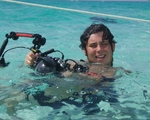

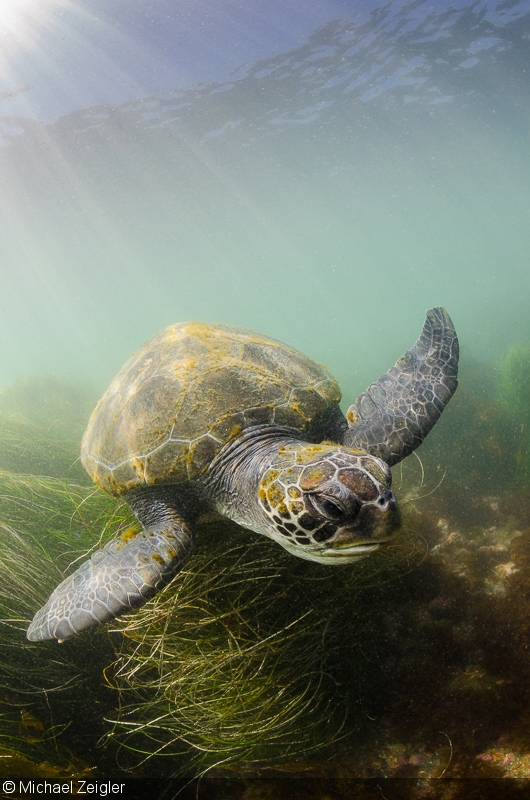
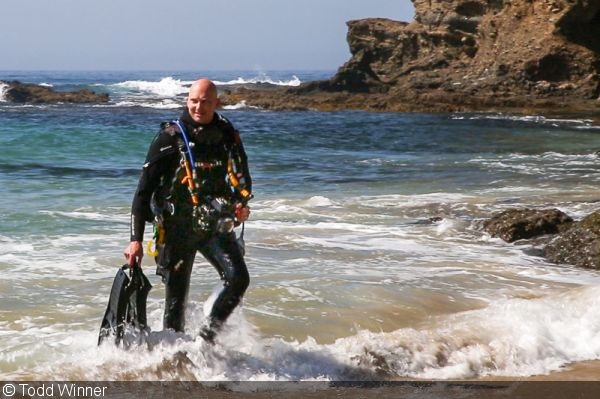

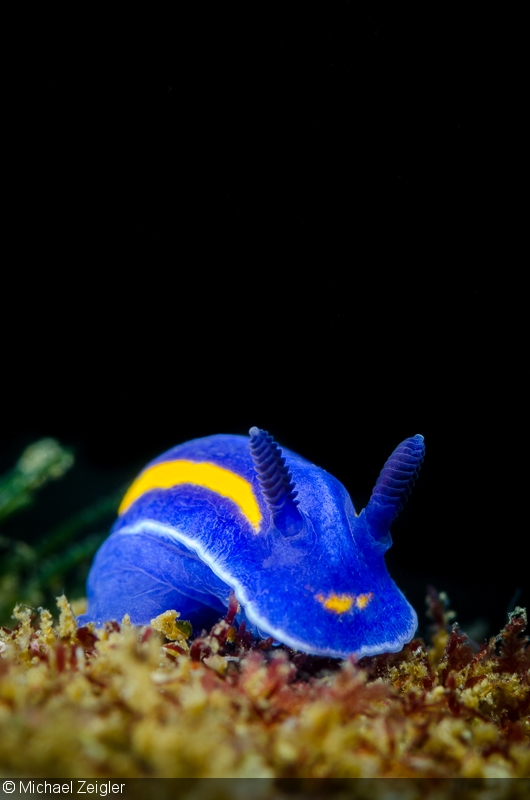
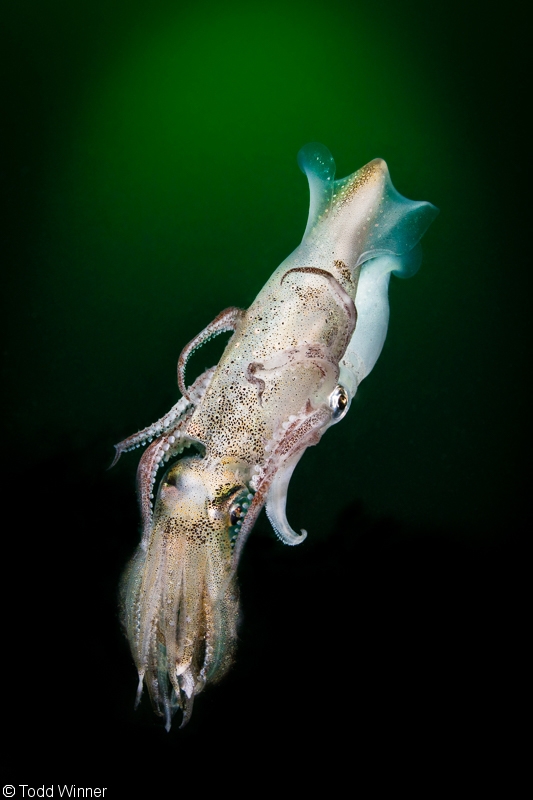

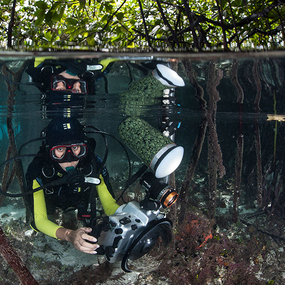
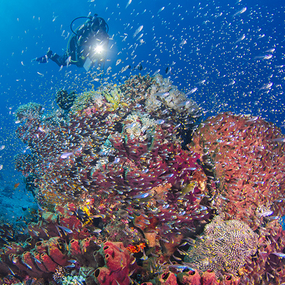
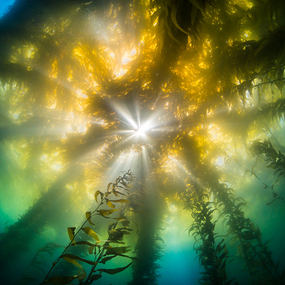
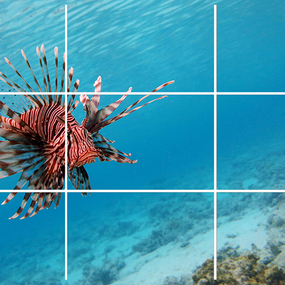

 Antarctica
Antarctica




